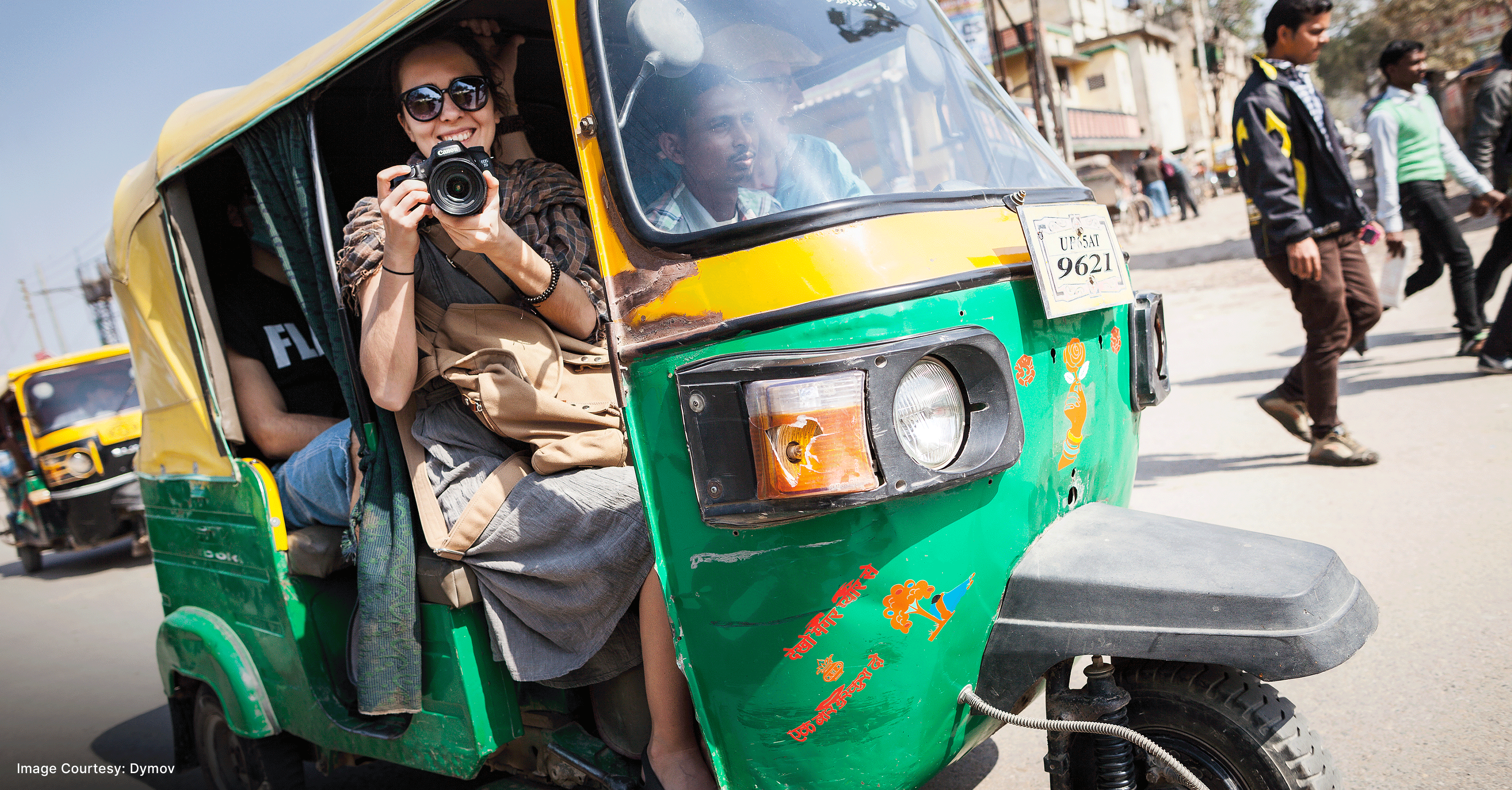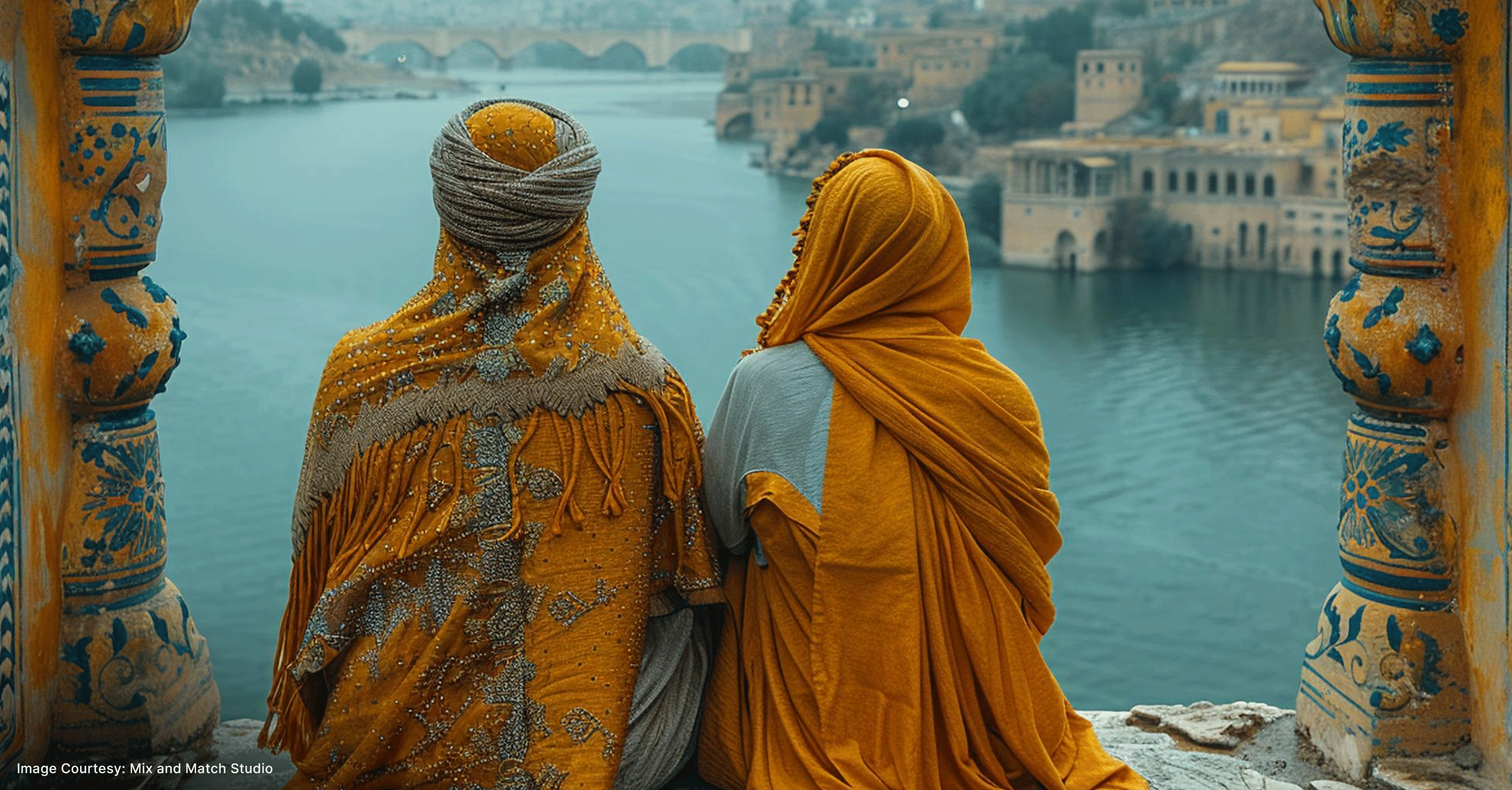For emerging photographers, securing financial support can be a critical step toward realizing their creative visions. Photography grants not only provide monetary assistance but also offer visibility, mentorship, and opportunities to participate in exhibitions and publications. As we move into 2024, photographers worldwide have access to a variety of grants designed to support new talent, fund creative projects, and push boundaries within the field of photography.
This article will guide you through the top global photography grants available in 2024, including a practical list of grants that aspiring photographers can apply for. Whether your focus is documentary, fine art, or experimental photography, these grants can help you elevate your work and build your career.
Why Apply for Photography Grants?
Photography grants serve as a lifeline for many emerging photographers who want to work on ambitious projects without financial constraints. Here are some key reasons why applying for grants is important:
- Funding Projects: Grants allow photographers to cover costs like travel, equipment, post-production, and printing, enabling them to focus on their creative vision.
- Building Credibility: Winning a prestigious grant adds credibility to your portfolio, helping you stand out in a competitive industry.
- Gaining Exposure: Many grants come with opportunities for exhibitions, publications, and media exposure, offering photographers a wider audience.
- Mentorship and Resources: Some grants provide more than just money—they offer mentorship programs, access to networks, and technical resources that are crucial for artistic growth.
Now that we understand the importance of photography grants, let’s dive into the top global photography grants for emerging artists in 2024.
Top Global Photography Grants in 2024
Although not an exhaustive list, below are some of the leading Photography Grants that professional photographers can consider applying to:
1. Magnum Foundation Photography and Social Justice Fellowship
The Magnum Foundation Photography and Social Justice Fellowship supports photographers who focus on underreported issues and communities. This fellowship is designed for those who want to use photography as a tool for social change. The fellowship offers funding, mentorship, and opportunities for collaboration with other photographers and social justice advocates.
Who Can Apply: Emerging photographers and activists from marginalized communities.
Grant Amount: Fellows receive funding to cover project costs and travel for workshops in New York.
Deadline: The call for applications typically opens in late winter or early spring.
Why It’s Important: This fellowship provides not only financial support but also access to Magnum Foundation’s extensive network and resources, making it ideal for photographers who want to combine artistry with activism.
2. World Press Photo Contest
One of the most prestigious awards in documentary photography, the World Press Photo Contest offers significant exposure and recognition to photographers documenting pressing global issues. The winners are featured in exhibitions and publications that reach millions of people worldwide.
Who Can Apply: Open to all professional photographers.
Grant Amount: Winners receive cash prizes, and their work is included in a traveling exhibition.
Deadline: Submissions usually open in early December and close in January.
Why It’s Important: Winning or being nominated for a World Press Photo Award can catapult an emerging photographer’s career, offering international recognition and an invaluable platform to showcase their work.
3. Sony World Photography Awards – Student and Youth Competitions
The Sony World Photography Awards is one of the largest photography competitions globally and includes categories specifically for students and emerging photographers. The Student and Youth competitions are designed to support young photographers in the early stages of their careers, offering mentorship and significant exposure.
Who Can Apply: Open to students and photographers aged 12-19 (Youth Competition).
Grant Amount: Winners receive cash prizes, camera equipment, and exposure in the Sony World Photography Awards exhibition in London.
Deadline: Submissions typically open in October and close in early January.
Why It’s Important: This competition is a fantastic opportunity for young and emerging photographers to gain exposure on an international stage while also receiving valuable mentorship and equipment.
4. Getty Images Reportage Grant
The Getty Images Reportage Grant provides financial support to photographers working on long-term documentary projects. This grant is particularly focused on photojournalists and visual storytellers who cover underreported issues worldwide.
Who Can Apply: Emerging and professional photographers, especially those working on impactful documentary projects.
Grant Amount: Up to $5,000 for each selected project.
Deadline: Applications are accepted annually, with deadlines usually in the summer.
Why It’s Important: Getty Images is one of the most recognized names in visual storytelling. Winning this grant provides photographers with not only financial support but also potential opportunities for publishing and distributing their work through Getty’s vast network.
5. Burn Magazine Emerging Photographer Fund
The Emerging Photographer Fund (EPF) was created by Burn Magazine to support photographers who are working on exceptional and compelling projects. It focuses on work that pushes the boundaries of traditional photojournalism and fine art photography.
Who Can Apply: Open to all photographers under the age of 30.
Grant Amount: The winner receives $10,000, with smaller grants also awarded to finalists.
Deadline: Applications are typically accepted in the spring, with announcements made in early summer.
Why It’s Important: This grant is perfect for young photographers working on innovative or experimental projects that challenge traditional visual narratives.
6. Inge Morath Award
Named after the pioneering photographer Inge Morath, this award is granted annually by the Magnum Foundation to support female photographers working on documentary projects. The grant is aimed at helping emerging women photographers develop long-term work, particularly those under the age of 30.
Who Can Apply: Female photographers under 30 working on documentary projects.
Grant Amount: $5,000
Deadline: Submissions usually open in May and close by July.
Why It’s Important: As an award named after a female pioneer in photography, the Inge Morath Award not only provides financial support but also empowers emerging female photographers by recognizing their unique contributions to the field.
7. Alexia Foundation Grant
The Alexia Foundation Grant is dedicated to supporting photographers who focus on promoting peace, social justice, and cultural understanding. The foundation offers two types of grants: one for professionals and one for students.
Who Can Apply: Both professional and student photographers.
Grant Amount: Professionals can receive up to $20,000, and students can receive up to $1,000 along with a paid internship.
Deadline: Applications are usually due in late fall.
Why It’s Important: This grant is ideal for photographers working on documentary projects that highlight social justice issues. The professional grant provides substantial funding, while the student grant offers a pathway into professional photojournalism.
8. Leica Oskar Barnack Award
The Leica Oskar Barnack Award honors photographers whose work documents the relationship between people and their environment in an impactful and artistic way. This grant is highly prestigious, and the winners receive not only financial rewards but also significant exposure through exhibitions and publications.
Who Can Apply: Professional photographers of all nationalities.
Grant Amount: €40,000 and a Leica camera.
Deadline: Submissions open in March and close in May.
Why It’s Important: The Leica Oskar Barnack Award is one of the most recognized international photography grants. Winning this grant significantly boosts a photographer’s career, offering global exposure through Leica’s network of partners and exhibitions.
How to Increase Your Chances of Winning a Photography Grant
Securing a photography grant can be competitive, but following these tips can help increase your chances:
1. Tailor Your Application
Every grant has specific goals, whether it’s supporting documentary work or fine art photography. Tailor your project proposal to align with the mission of the grant.
2. Create a Strong Portfolio
Your portfolio is the most critical element of your grant application. Select images that best represent your vision, technique, and creative style. Make sure the images support your project’s narrative.
3. Write a Clear Project Proposal
Grant committees are looking for well-defined projects with clear objectives. Describe your project’s goals, why it matters, and how you will use the grant money. Make your proposal compelling but concise.
4. Be Persistent
Many successful photographers don’t win on their first attempt. Apply to multiple grants and keep refining your proposals. The more you apply, the better you’ll get at articulating your vision.
Conclusion
For emerging photographers, grants are essential in providing the financial support and visibility needed to grow in the industry. Whether you’re working on a documentary project, fine art photography, or visual storytelling, the grants listed here offer opportunities to fund your creative ambitions and gain recognition on a global scale.
In 2024, photographers have access to a wide range of grants that cater to different styles, subjects, and career stages. From the prestigious World Press Photo Contest to the mission-driven Magnum Foundation Photography and Social Justice Fellowship, these opportunities can propel your career forward. By carefully selecting the right grant, crafting a strong application, and staying persistent, you can unlock the resources you need to bring your photography projects to life.




